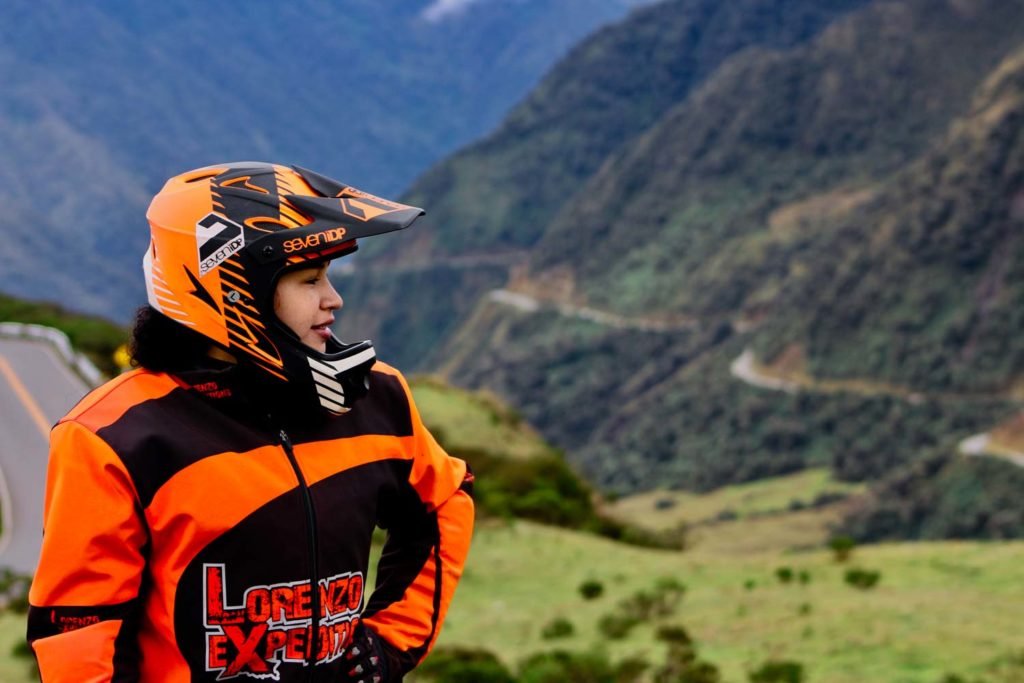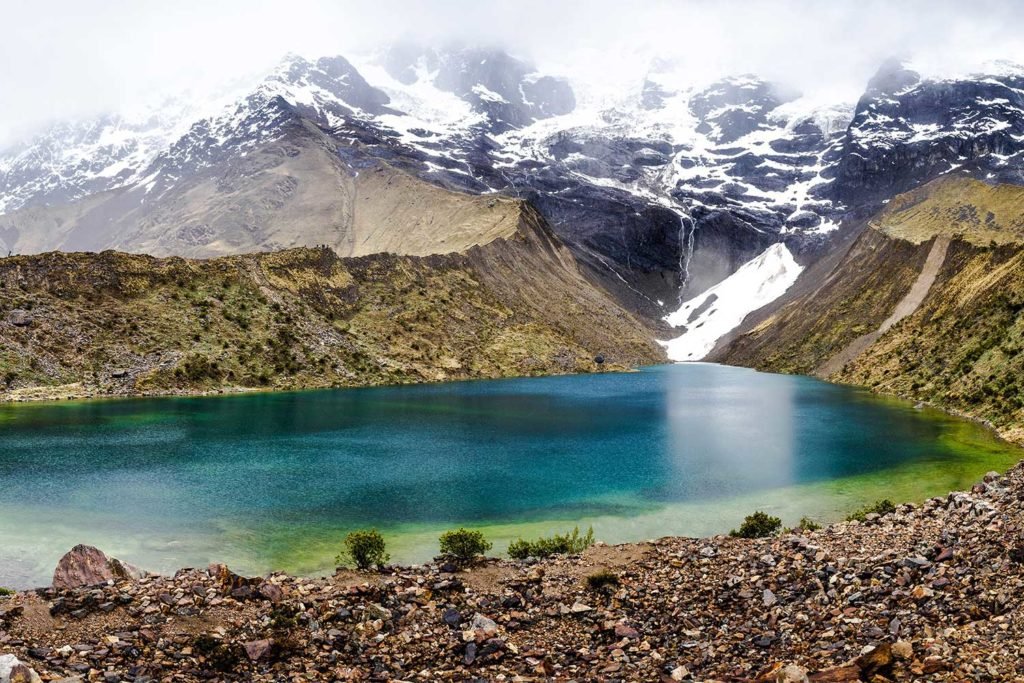Peru, a country full of geographical and climatic contrasts, is home to one of the richest and most fascinating herpetofaunas on the planet. From the lush depths of the Amazon to the imposing heights of the Andes, this extraordinary destination invites explorers and naturalists to discover an astonishing diversity of reptiles and amphibians thriving in its varied ecosystems. Without a doubt, Herpetofauna, A Tour for Explorers reveals a natural world like no other.
What is herpetofauna?
Herpetofauna encompasses all reptiles and amphibians in a given region. In the case of Peru, it includes everything from colorful, poisonous frogs to imposing snakes and camouflaged chameleons.

Why explore Peru’s herpetofauna?
Exploring Peru’s herpetofauna is a unique opportunity to delve into a world full of biodiversity and natural wonders. With ecosystems ranging from tropical rainforests to Andean mountains, Peru offers an unmatched setting for Herpetofauna: A Tour for Explorers, where every corner reveals surprising species and unparalleled landscapes.
- Unique biodiversity: Peru is one of the countries with the highest diversity of amphibian and reptile species in the world. Many of them are endemic, meaning they are found nowhere else on the planet.
- Varied ecosystems: From tropical rainforests to coastal deserts, each Peruvian ecosystem is home to a unique herpetological community.
- Unmatched experience: Observing these animals in their natural habitat is both an exciting and educational experience.
Safety Tips for Your Herpetological Adventure
Enjoying Herpetofauna in Peru requires taking precautions to ensure a safe and memorable experience. From using the proper gear to respecting natural habitats, these safety tips will prepare you to explore the rich diversity of reptiles and amphibians in fascinating but often challenging environments.
- Respect for wildlife: Avoid handling the animals, especially if you’re not an expert. Many reptiles and amphibians are poisonous or may transmit diseases.
- Personal protection: Wear suitable clothing to protect yourself from the sun, insects, and possible scrapes. Hiking boots are essential to avoid snake bites and other dangers.
- Hydration: Bring enough water to stay hydrated, especially in hot areas.
- First aid: Include basic first aid items for treating bites, stings, and other minor injuries.
- Local guide: Hiring a specialized guide will allow you to access safe locations and better understand the local fauna.
- Notify your trip: Inform someone you trust about your itinerary and the places you’re visiting.
What to Expect on a Herpetological Tour in Peru
On Herpetofauna: A Tour for Explorers, you can expect close encounters with an amazing variety of reptiles and amphibians in their natural habitat. From nocturnal walks in the Amazon to explorations in the Andes, each experience blends adventure, learning, and the discovery of unique species in a spectacular setting.

- Species observation: Identifying and observing frogs, toads, salamanders, lizards, snakes, and turtles in their natural environment.
- Photography: Capturing stunning images of these animals in their habitat.
- Learning: Gaining knowledge about the biology, ecology, and conservation of Peru’s herpetofauna.
- Adventure: Exploring remote and lesser-known locations.
Recommendations for a Successful Herpetological Tour
To make the most of Herpetofauna: A Tour for Explorers, it’s essential to be well-prepared. These recommendations include advice on equipment, appropriate clothing, respect for wildlife, and specialized guides, ensuring a safe, enriching experience filled with discoveries of Peru’s biodiversity.
- Proper equipment: Hiking boots, comfortable clothing, insect repellent, a camera, and field guides.
- Respect for nature: Do not disturb the animals, do not collect specimens, and follow your guide’s instructions.
- Hire a local guide: An expert guide will help identify species and find the best spots to observe them.
Must-See Destinations for Herpetofauna Lovers
- Amazon: The Peruvian Amazon rainforest is a paradise for herpetologists, with an incredible diversity of species.
- Andes: The Peruvian mountains are home to a herpetological fauna adapted to high altitudes.
- Coast: The Peruvian coast, despite its aridity, hides some herpetological surprises.
Frequently Asked Questions

1. Is it safe to do a herpetological tour in Peru?
Yes, it is completely safe as long as you take the necessary precautions. Most of Peru’s reptiles and amphibians are harmless to humans. However, it’s essential to follow your guide’s instructions and respect the animals.
2. What equipment should I bring on a herpetological tour?
We recommend bringing hiking boots, comfortable long-sleeve clothing, a hat, sunscreen, insect repellent, a camera, binoculars, and a field guide.
3. What is the best time to go on a herpetological tour in Peru?
The dry season, from April to October, is generally the best time to observe reptiles and amphibians, as the animals are more active. However, each region has its specific climate.
4. Can I see venomous snakes in Peru?
Yes, there are various species of venomous snakes in Peru, especially in the Amazon. However, with an experienced guide and taking the proper precautions, you will be able to observe them safely.

Ready for this adventure? Lorenzo Expeditions invites you to discover the fascinating Peruvian herpetofauna with specialized guides. We offer customized tours to the most incredible destinations, with all the comfort and safety you need. Experience a unique adventure and contribute to biodiversity conservation! Want to know more? Contact us, and we’ll help organize your next herpetological adventure in Peru! Get ready to explore the fascinating Peruvian herpetofauna!





